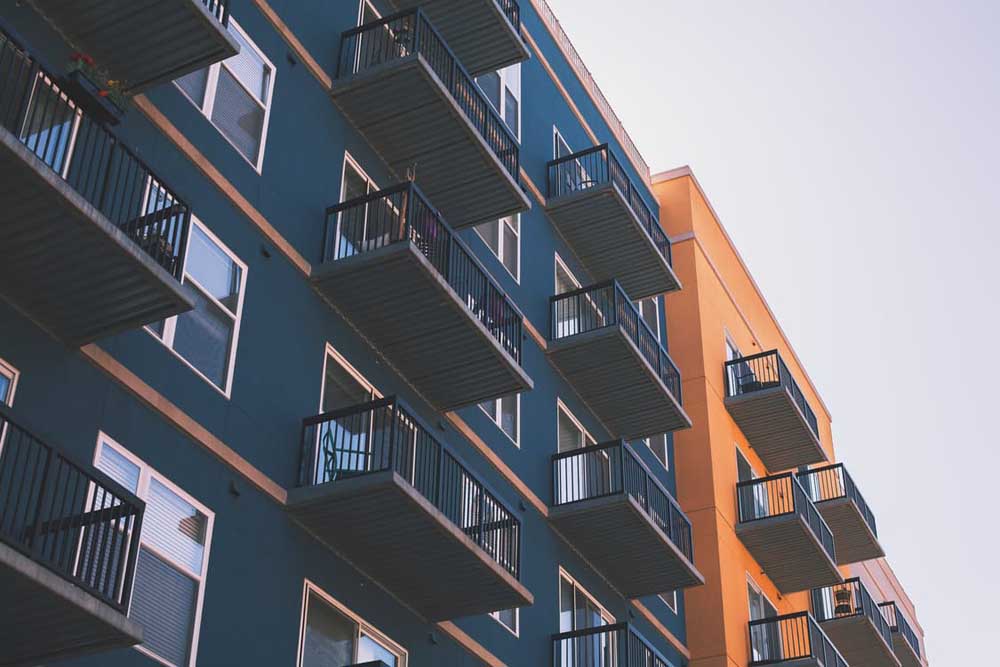The Mayor of London is seeking to reduce the impact of the urban heat island effect in London and to encourage the design of places and spaces to avoid overheating and excessive heat generation, and to reduce overheating due to the impacts of climate change and the urban heat island effect on an area wide basis. The Greater London Authority are working with CIBSE, who have developed a new methodology to assess the risk of overheating in homes based on Adaptive Comfort, through a standardised approach which is to be released in the forthcoming Technical Memoranda: Good Practice in the Design of Homes. Information on a seminar to present this methodology can be found at http://www.cibse.org/networks/groups/building-simulation/building-simulation-group-events.
Abstract from the GLA Policy document
Major development proposals should reduce potential overheating and reliance on air conditioning systems and demonstrate this in accordance with the following cooling hierarchy:
1 minimise internal heat generation through energy efficient design
2 reduce the amount of heat entering a building in summer through orientation, shading, albedo, fenestration, insulation and green roofs and walls
3 manage the heat within the building through exposed internal thermal mass and high ceilings
4 passive ventilation
5 mechanical ventilation
6 active cooling systems (ensuring they are the lowest carbon options).
Major development proposals should demonstrate how the design, materials, construction and operation of the development would minimise overheating and also meet its cooling needs. New development in London should also be designed to avoid the need for energy intensive air conditioning systems as much as possible. Further details and guidance regarding overheating and cooling are outlined in the London Climate Change Adaptation Strategy.





